i bc27f85be50b71b1 (151 page)
Read i bc27f85be50b71b1 Online
Authors: Unknown
that pain medications or topical analgesics be administered before
treatment. When debriding, the clinician should spare as much tissue
as possible and be careful to have the technique remain selective by
not removing viable tissue. Because of the potential for excessive
bleeding, extra care should be taken with patients who are taking
anticoagulants.
Autolytic Debridement
Alltolytic debridemellt is the natural and most selective form of debridement. The body uses its own enzymes to lyse necrotic tissue and this is a normal process that occurs in any wound. It is painless and does not
harm healthy tissues. Moist dressings facilitate autolytic debridement,
as do films, hydrocolloids, and calcium algi nates, which keep the
wounds moist with the exudate from the wound.72•74 When using
aurolytic debridement, it is important to cleanse the wound to remove
partially degraded tissue.74 Because it takes time for autolytic debridement to occur, sharp debridement of eschar is recommended before autolytic debridement to expedite the removal of the necrotic tissue.
Owing to the risk of infection, autolytic debridement is contraindicated
as the primary method of debridement in patients who are immunosuppressed or otherwise require quick elimination of necrotic material.
NOllselective Debridemellt
Mechanical Debridement
Mechal1ical debridement removes dead tissue by agitating the necrotic
tissue of the wound or adhering it to a dressing and removing it. Dry




BURNS AND WOUNDS
487
gauze dressings, scrubbing, whirlpool, and pulsed lavage or irrigation, or both, are all examples of mechanical debridement.
Wet-to-dry dressings mechanically debride the wound by removing
the dressing along with the necrotic tissue embedded in it. If mechanical
debridement is indicated, and gauze is used, the sponge or gauze with
the largest pores is the most effective for debridement." This technique
involves applying a saline-moistened gauze dressing to the wound,
allowing it to dry, followed by removal of the dressing. The dressing
will also adhere to any growing tissue in the wound bed and may inadvertently remove itn Wet-to-dry dressings, therefore, should not be used on clean, granulating wound beds. If saline gauze dressings are
used on a clean wound bed, they must continually be kept moist.
Whirlpool may be used to debride loosely adherent tissue and exudate and deodorize the wound. It may also help to prepare a wound for sharp debridement by softening necrotic tissue and separating desiccated tissues from the wound bed. Or it can be used to soak off adhered dressings. If the intention of the therapist is to use a wet-todry technique for mechanical debridement, the dressings should not be soaked off, as necrotic tissue will not be removed.41,
73.75
There are many precautions and Contra indications for the therapist
to consider before using whirlpool. For example, it may be inappropriate to place the lower extremity of a patient with venous insufficiency in a dependent position with warm water, or perhaps the treatment may need to be modified by decreasing the temperature or
length of a treatment. As with wound cleansing, the therapist should
carefully weigh the benefits of antibacterial agents that can be added
to the whirlpool versus their cytotoxic effects and use a s olution that
is most neutral and least damaging ro viable tissue. Infected wounds
that have foul odors, copious amounts of drainage, and a great deal
of exudate and necrotic tissue require more aggressive additives.
Whirlpool should be limited to stage III or IV wounds with greater
than 50% of necrotic tissue, because, as with gauze debridement,
granulating tissue may be damaged. Whirlpool should be discontinued once the objectives of the whirlpool have been achieved41, n,
7s
Pulsed lavage is now a viable treatment option for wound management, and systems specifically designed for wound care are currently available. Pulsed lavage uses a pressurized, pulsed solution (usually
saline) to irrigate and debride wounds of necrotic tissue. Suction may
also be used to remove wound debris and the irrigation solution.76
The pulsatile action is thought to facilitate growth of granulation tissue because of its effective debridement, and the negative pressure created by the suction may also stimulate granulationn Pulsed lavage



488 AClITE CARE HANDBOOK FOR PHYSICAL THERAPISTS
may be a more appropriate option than whirlpool for patients who
are incominent, have venous insufficiency, should not be in a dependem posicion, have an intravenous line, or are mechanically venrilated. Pulsed lavage may access narrow wound tunnels that may not be reached with whirlpool.
Enzymatic Debridement
Enzymatic debridement is achieved through the topical application of
enzymes that lyse collagen, fibrin, and elastin. The type of enzyme
chosen depends on the type of necrotic tissue in the wound. Enzymes
are categorized as proteolytics, fibrinolytics, and collagenases.72 Different enzymatic debriding agents are effective with each of these tissues. Wounds with heavy black eschar are best debrided by proteinases and fibrolytic enzymes. Collagenases are used when
necrotic collagen, which generally appears yellowish, is present. Enzymatic debridement agents are available only by prescription. Enzymatic debridement is indicated on stage III and IV wounds with yellow necrotic material bur should be discontinued as soon as the
wound is clean. Sharp debridement of the wound can be performed
before the use of enzymes to facilitate tissue healing.
Clinical Tip
When applying an enzymatic debriding agent to eschar
and it cannot be debrided, crosshatch the eschar and pull
in the edges to allow the enzymes to penetrate the eschar.
Dressings and Topical Agents
When applying dressings, the therapist should always follow universal
precautions and use a clean technique to prevem cross contamination.
When choosing a dressing for a wound, four factors related to the
wound itself should be considered: (1) the color of the wound, (2) the
amount of drainage, (3) the wound depth, and (4) the surrounding
skin. Other significant factors include the patient's cognitive and physical abiliry to apply the dressing and the accessibility of physical therapy or nursing services to the patient. Cost is also a consideration.
A large number of wound care products are available, and it is virtually impossible to be aware of the purpose and application instruc-